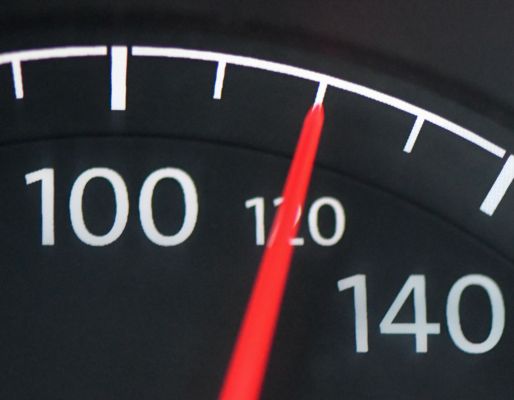
Securing a green card can feel overwhelming for people in Silicon Valley who were born in India and China. But with the right help and guidance from a skilled immigration attorney, the process can be simpler, smoother and more successful.
Limits written into existing immigration laws on both the number of green cards issued each year, as well as the number of green cards available based on country of origin, leave some waiting half a century or more for a green card, with people from India and China facing the longest wait times for employment-based green cards.
In this fiscal year, which ended on October 31, 226,000 family-sponsored green cards and 141,918 employment-based green cards were available. And the per-country cap, which is the maximum number of green cards available to individuals born in a particular country, was 25,754.
Although these U.S. laws pose an extra challenge for people born in countries with the highest demand for green cards, if you were born in India or China, there are some things you can do to mitigate this wait.
Differentiate yourself
The EB-1 green card is considered the “first preference” for those who’ll receive offers for employment-based green cards. It offers three unique and accelerated sub-paths:
- EB-1A green card for individuals of extraordinary ability
- EB-1B green card for outstanding researchers and professors
- EB-1C green card for multinational managers and executives
The EB-1A green card for extraordinary ability does not require an employer sponsor or even a job offer, which means it’s one of the few self-petition green cards. To demonstrate eligibility, you must be able to show you have extraordinary ability in the sciences, arts, education, business, or athletics and that you and your work have received national or international acclaim.
Individuals who apply for the EB-1A do not need to obtain labor certification (as required of employers). That means the process is simpler and can be much faster than typical employment-based green cards. Also, an individual applicant may have more flexibility to change jobs than if an employer applied on their behalf.
The EB-1B green card for outstanding researchers and professors requires an employer to sponsor you. Candidates for the EB-1B green card must demonstrate great achievements in their academic field.
And finally, the EB-1C green card for multinational managers and executives enables an employer to bring an executive or manager who has been working abroad over to the U.S. to live and work. The EB-1C candidate must have worked outside the U.S. for the employer for at least one year.
This Cato Institute analysis estimates individuals born in China and India face waiting eight and nine years, respectively, for an EB-1 green card. Despite the small and growing backlog for EB-1 green cards for individuals born in China and India, it still remains one of the quicker options.
Invest in a project that creates jobs
"can" - Google News
November 06, 2019 at 11:16PM
https://ift.tt/2Cin1rJ
Immigrants from China and India can accelerate the green card process - TechCrunch
"can" - Google News
https://ift.tt/2NE2i6G
Shoes Man Tutorial
Pos News Update
Meme Update
Korean Entertainment News
Japan News Update
No comments:
Post a Comment